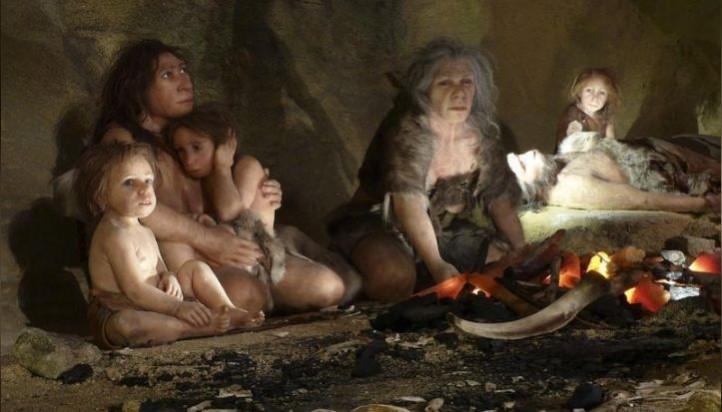For the first times, scientists find solid evidence of Neanderthal DNA in all living individuals. We're all a few percent Neanderthal by DNA, including Africans who were through to have little Neanderthal DNA- according to a study published in journal Cell.
In the paper, a team of Princeton researchers detailed a new computational method for detecting Neanderthal ancestry in the human genome. Their method, called IBDmix (identity by descent), enabled them for the first time to search for Neanderthal ancestry in African populations as well as non-African ones.

Researchers applied IBDmix to 2,504 individuals who participated in the 1,000 Genomes Project, and sequenced Neanderthal genes taken from bones found in the Altai mountains of Siberia. The project was led by Joshua Akey, a professor in Princeton's Lewis-Sigler Institute for Integrated genome (LSI).
The research found that humans with European ancestry have a higher percentage of Neanderthal DNA in their genome than previously thought. And, more surprisingly, modern humans with African descent had about 17 times more Neanderthal DNA than earlier test revealed.
How did African get the Neanderthal DNA
But how did African get the Neanderthal DNA if they never left the continent and Neanderthal, as far we know, never returned that far south?
Professor Akey says, "Our results show that there were many waves of dispersal out o Africa, some of which led to admixture between humans and Neanderthals that we see in the genomes of all living individuals today."
He said that their data indicated that the wave of modern human left Africa approximately 200, 000 years ago and this group interbred with Neanderthals. This ancient group of Europeans then migrated into Africa, introducing Neanderthals ancestry to African populations.
The analysis also found out that the previous studies suggesting Asian populations might have higher levels of Neanderthal DNA compared to Europeans descent, were wrong and that Europeans have as much Neanderthal DNA as do modern Asian humans-about 50 megabases.
Overall, when it came to Neanderthal metabases per individual Europeans had 51, East Asians had 55, and South Asians had 55, according to the new results.
The part of the human origin story still needs filling in. It is also unclear just how much traces of other ancient hominins can be found in our genome. A least nine species of hominins once walked the Earth.
Regarding this study, researchers hope their new methods and their findings will encourage more study of Neanderthal ancestry across all populations. "We're finding Neanderthal ancestry in almost all the populations we've studied," says Aaron Wolf, study co-author and geneticist at Princeton University and the University of Washington.














